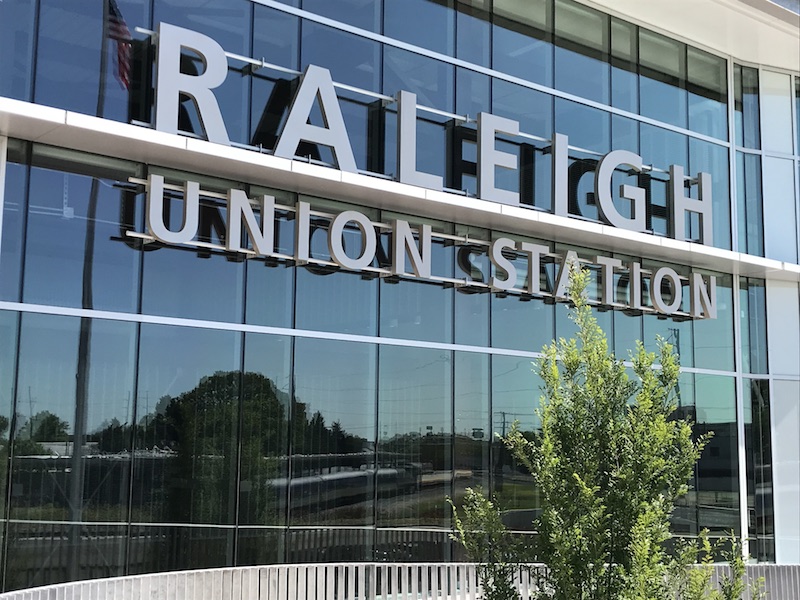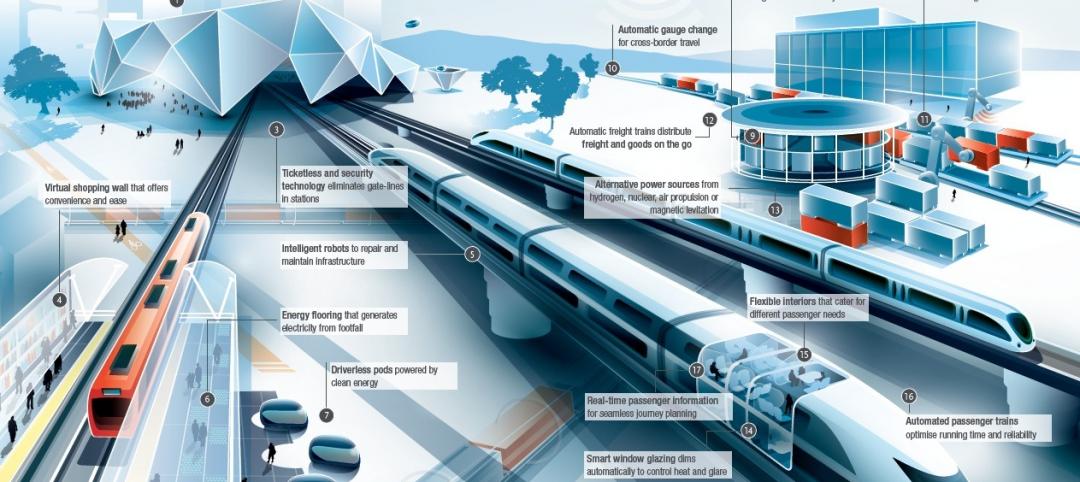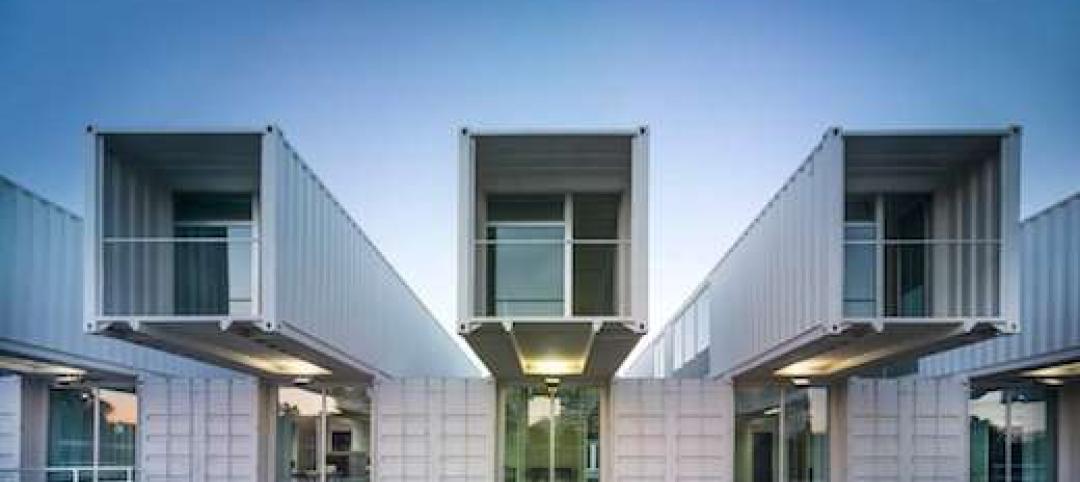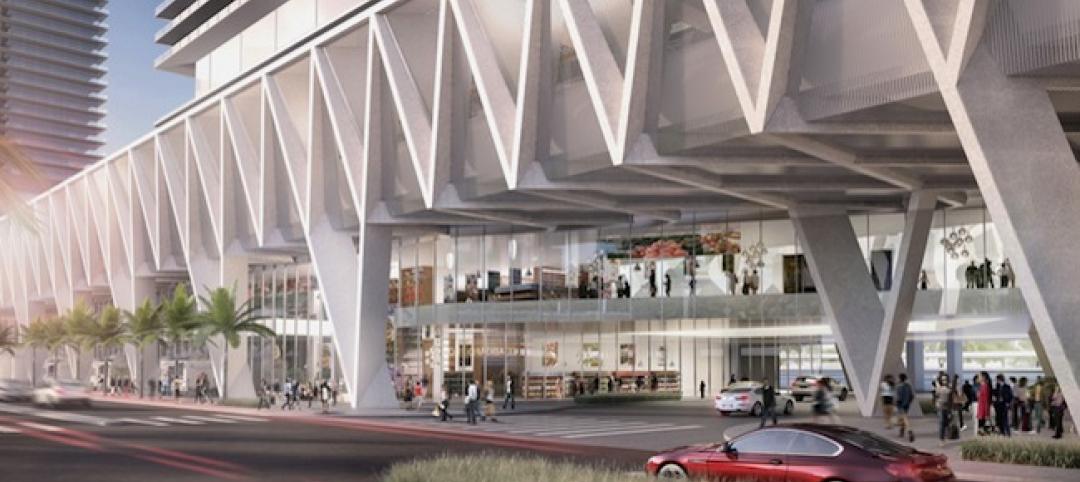Skanska USA and Clancy & Theys and in association with Holt Brothers Construction recently completed construction on Raleigh Union Station, an adaptive reuse project in Raleigh’s Warehouse District. The multi-modal transit center, designed by Clearscapes and STV will serve as a catalyst for the revitalized district and provide a hub for future upgraded commuter rail service in the community.
The project converted the abandoned Dillon Supply Warehouse into the 26,000-sf urban transport center. The center houses passenger rail facilities, commercial space, and interior and exterior civic space for special events.
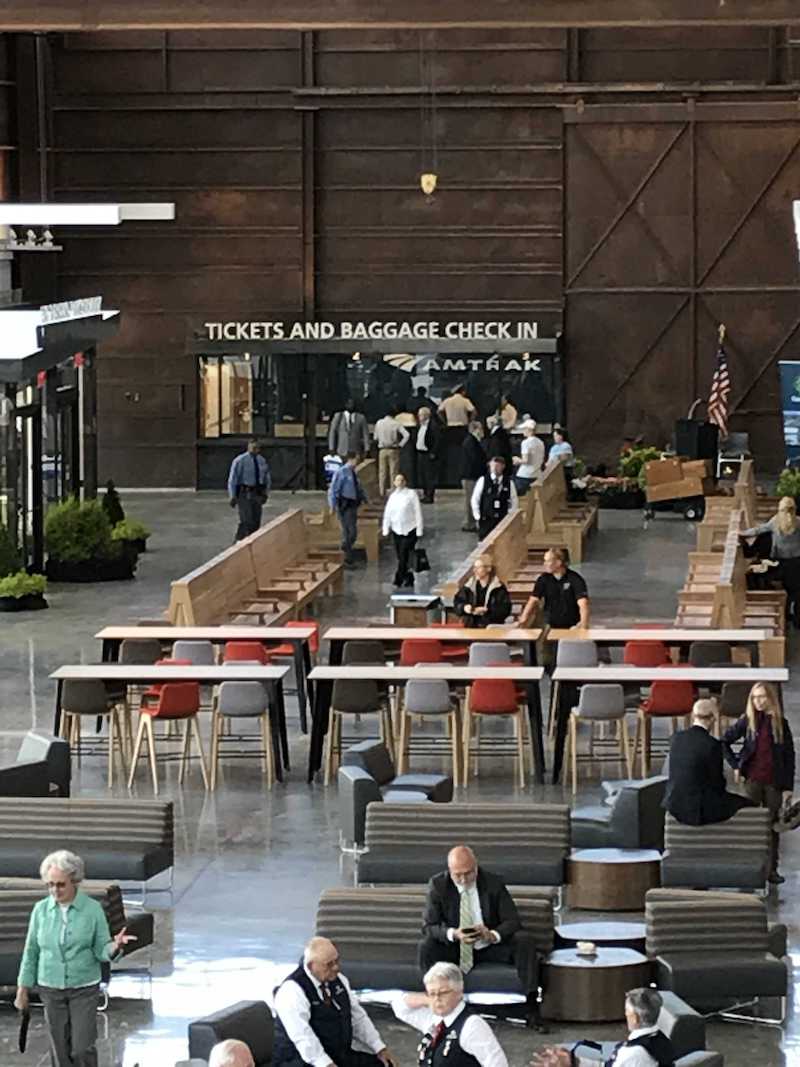 Courtesy Raleigh Union Station.
Courtesy Raleigh Union Station.
Skanska preserved 80% of the structural steel from the Dillon Supply Warehouse and used it to frame the new terminal building. The rust-colored steel provides a visual connection between the buildings history and its current role as an Amtrak station. The original concrete footing of the building is also visible in the new setting.
A red oxide color is used throughout the building to match the rust-colored steel with black, gray, and orange accents used on other building elements, such as the 40 to 50 foot sliding barn doors found across the station.
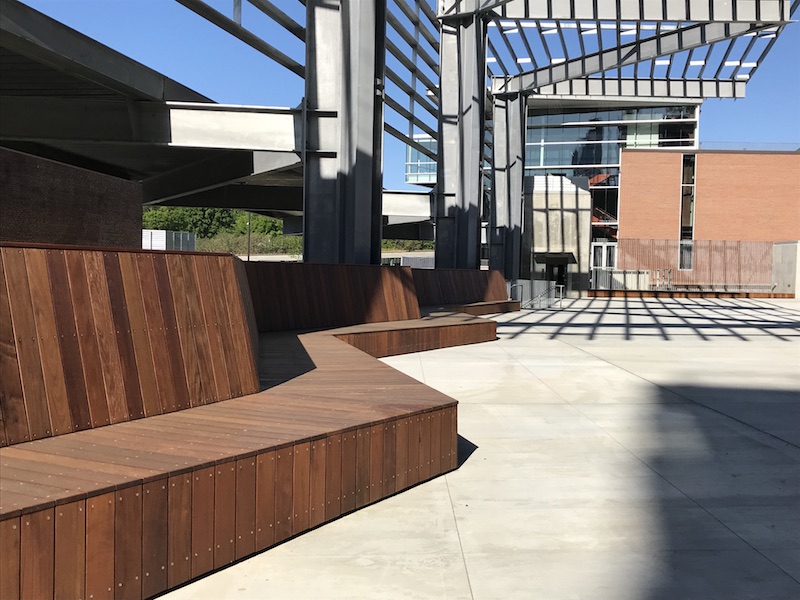 Courtesy Raleigh Union Station.
Courtesy Raleigh Union Station.
The station also includes:
— two rail bridges
— a passenger concourse and tunnel
— a 950-foot-long center-loading train platform
— A larger waiting room and enhanced amenities for Amtrak passengers
— A grand Civic Hall for large public events
— A large public plaza that provides an urban gathering area and space for special events
— Commercial rental space for retail, office, or restaurants
— A center island passenger platform with level-boarding to provide better access for wheelchairs and strollers
— Sustainable features such as on-site bioretention, permeable pavement systems, green roof areas, and other stormwater management features
— A pollinator garden that includes plants chosen to enhance the populations of pollinating creatures in the area
Raleigh Union Station replaces a previous facility on Cabarrus Street. The first trains will arrive this summer.
See Also: The winning design for the Paris metro station competition looks like a giant, loopy “P”
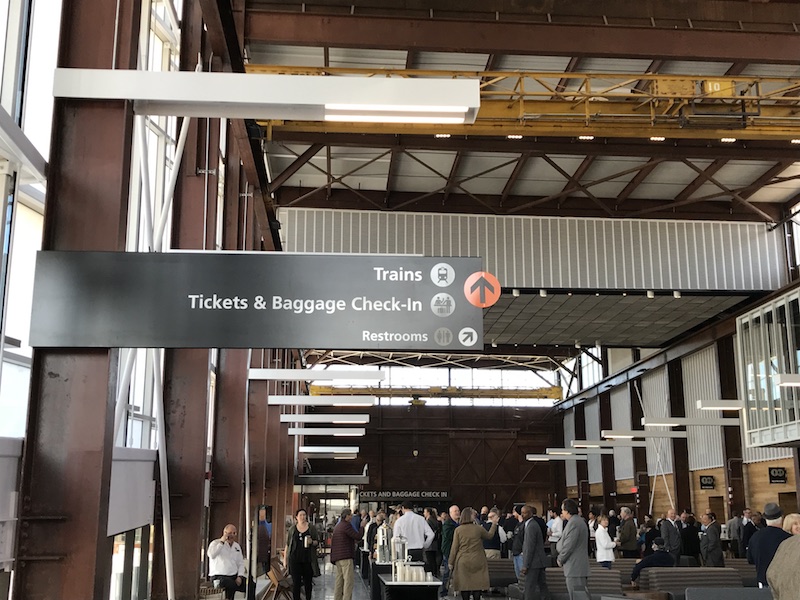 Courtesy Raleigh Union Station.
Courtesy Raleigh Union Station.
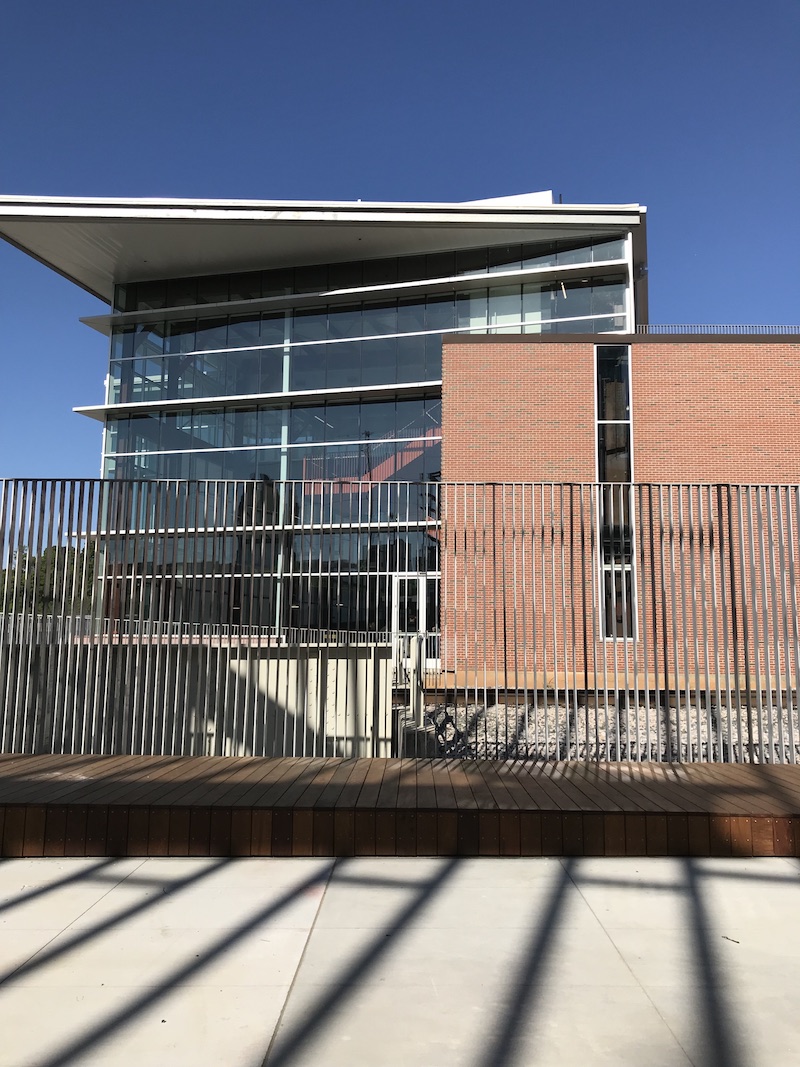 Courtesy Raleigh Union Station.
Courtesy Raleigh Union Station.
Related Stories
| Jun 30, 2014
Research finds continued growth of design-build throughout United States
New research findings indicate that for the first time more than half of projects above $10 million are being completed through design-build project delivery.
| Jun 30, 2014
Arup's vision of the future of rail: driverless trains, maintenance drones, and automatic freight delivery
In its Future of Rail 2050 report, Arup reveals a vision of the future of rail travel in light of trends such as urban population growth, climate change, and emerging technologies.
| Jun 18, 2014
Arup uses 3D printing to fabricate one-of-a-kind structural steel components
The firm's research shows that 3D printing has the potential to reduce costs, cut waste, and slash the carbon footprint of the construction sector.
| Jun 12, 2014
Austrian university develops 'inflatable' concrete dome method
Constructing a concrete dome is a costly process, but this may change soon. A team from the Vienna University of Technology has developed a method that allows concrete domes to form with the use of air and steel cables instead of expensive, timber supporting structures.
| Jun 6, 2014
Shipping container ship terminal completed in Spain
In Seville, Spain, architectural firms Hombre de Piedra and Buró4 have designed and completed a cruise ship terminal out of used shipping containers.
| Jun 2, 2014
Parking structures group launches LEED-type program for parking garages
The Green Parking Council, an affiliate of the International Parking Institute, has launched the Green Garage Certification program, the parking industry equivalent of LEED certification.
| Jun 2, 2014
SOM unveils plans for Miami transit hub
The elevated station will be a key portal within All Aboard Florida’s rail system, the nation's only privately owned, operated, and financed rail network.
| May 29, 2014
7 cost-effective ways to make U.S. infrastructure more resilient
Moving critical elements to higher ground and designing for longer lifespans are just some of the ways cities and governments can make infrastructure more resilient to natural disasters and climate change, writes Richard Cavallaro, President of Skanska USA Civil.
| May 20, 2014
Kinetic Architecture: New book explores innovations in active façades
The book, co-authored by Arup's Russell Fortmeyer, illustrates the various ways architects, consultants, and engineers approach energy and comfort by manipulating air, water, and light through the layers of passive and active building envelope systems.
| May 19, 2014
What can architects learn from nature’s 3.8 billion years of experience?
In a new report, HOK and Biomimicry 3.8 partnered to study how lessons from the temperate broadleaf forest biome, which houses many of the world’s largest population centers, can inform the design of the built environment.


